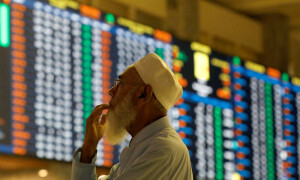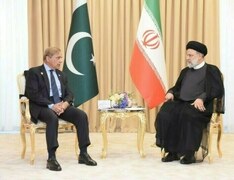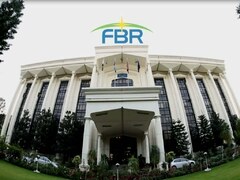The textile sector of Pakistan has been on an uphill since late summers last year all thanks to COVID-19. The blessing in disguise for the sector was backlogged orders as well as new orders diverted from other regional countries like India and Bangladesh amidst COVID-19 lockdown and restrictions.
Textile exports during 7MFY21 increased by 8.2 percent year on year against a growth of 5.6 percent in total exports during the period. Much of the growth in textile exports is attributable to the growth seen in the last five months and in the value-added segment particularly bedwear, home textile, and knitwear. Export volumes of knitwear stood 42 percent year-on-year higher, while export revenue generated from the segment was higher by 19 percent year-on-year in 7MFY21.

Though export volumes for bedwear were down by three percent, export revenue was 16 percent higher year-on-year primarily fetched from higher pricing benefit on value-added products. Towels witnessed 11 percent growth in volumes and 20 percent year-on-year growth in dollar exports. Readymade garments too posted a 5.5 percent growth despite 39 percent year-on-year decline in quantity signifying the benefit of higher prices and value additions.
This growth also corroborates with how the integrated textile companies have performed during 1HFY21. The sector’s growth in profitability has been in double digits - a staggering increase of over 30 percent year-on-year overall primarily due to increase in textile exports.

However, there is apprehension that the textile sector growth could slow down in the coming months – the signs of which include month-on-month decline in January 2021 export numbers after continuously increasing in the past five months. Exports in January were down 5.5 percent versus December 2020 with decline seen almost across all segments. Meanwhile, cotton cloth and yarn continue to be on a year-on-year as well as monthly decline, which apart from rising demand for value-added segment is also due to poor cotton yield. Furthermore, 4.5 percent year-on-year decrease in textile exports is being highlighted for February 2021.
While export orders are claimed to be sufficient to keep textile capacities operating at full up till June 2021, the growth in export hinges on how the orders are received once other regional players are all back to running full utilization – many are returning to that level gradually. Also, a key challenge for textile players these days is the unavailability of local yarn, which they fear could result in decrease in exports in the coming months.
It’s high time that the governemnt unveils its long-awaited textile policy. There is a need to take initiative and preserve the benefits accrued due to COVID-19. There is a need to focus on the low hanging fruits like apparel and the readymade garment sectors and move away from low value-added product to high value addition as MD Al-Karam Textile Mills, Fawad Anwar highlighted in recent interview with BR Research that garments is one segment which can easily grow very quickly because of low capex requirement and will allow every small and medium player to be part of it.



























Comments
Comments are closed.